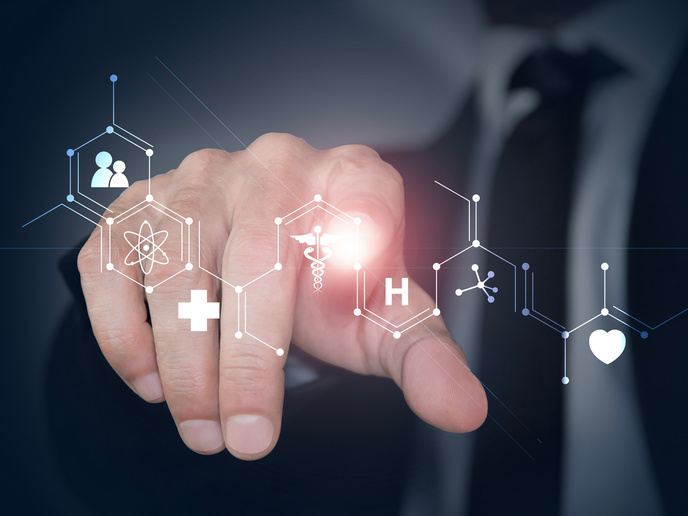Advanced AI offers intuitive robots that can anticipate human actions
Robots play an increasingly important role in industrial manufacturing through precision engineering and helping manufacturers achieve production efficiencies. Critical to the inclusion of robots in the workspace of course is the welfare and safety of human workers. This concern has led to a reconceptualisation of robots as active working partners. Rather than replace workers, robots are there to complement and boost human expertise. “Physical-human robot interaction has become a key technology with huge potential to benefit industry as well as society,” notes An.Dy(opens in new window) (Advancing Anticipatory Behaviors in Dyadic Human-Robot Collaboration) project coordinator Francesco Nori from the Italian Institute of Technology(opens in new window). “An important element to this is endowing robots with the ability to react to unpredictable behaviour or unintentional contact.”
Predictive behaviour models
The fundamental assumption of the EU-funded An.Dy project was that physical collaboration requires robots to better understand and predict what their human partner is doing. To achieve this, the project sought to bring human-robot collaboration up to the next level. “Data related to human movement, heart rate, blood pressure, temperature and other factors can be gathered from wearable devices,” explains Nori. “Analysis of this data can help machines ‘learn’ how to predict intentions, and to anticipate human actions.” The project team began by observing how robots and humans on the assembly line interact. From these findings, a database of robot-human interactions was built. This data was then used to develop the An.Dy Suit(opens in new window), a wearable overall that tracks motion and, importantly, records physical pressure and forces. The suit is similar to the sort of performance capture suits used in moviemaking. Vast amounts of motion data were gathered from workers carrying out various physical tasks, such as automotive assembly. This led to the development of new predictive models of human dynamic behaviour. It is these models that could now revolutionise robot-human workspaces. “Through measuring and modelling human whole-body dynamics, we are now able to provide robots with entirely new levels of awareness about human intentions and ergonomics,” adds Nori. One unforeseen application came along during the COVID-19 pandemic. The project team was able to develop a prototype smart-band that can monitor distances between people, and sends an alert when the wearer’s body temperature exceeds 37.5 °C. Researchers are currently working on a second prototype, which they hope to bring to market.
Future human-robot collaborations
These breakthroughs underline the potential that improved human-robot collaborations could bring. In the short term, this is perhaps most notable in manufacturing, the core focus of the An.Dy project. Intelligent exoskeletons could anticipate human intentions in real-time, aiding tasks such as heavy lifting. An advanced collaborative robot could also tailor its speed and sensitivity to suit the physical characteristics of a particular worker, who might be engaged in manoeuvring a complex mechanical part into place. “Exoskeletons capable of supporting heavy-duty workers could play a key role in boosting Europe’s competitiveness,” notes Nori. “Productivity improvements can be achieved through more flexible and effective production processes. Our vision is that the strength and ingenuity of humans and robots can be optimally combined.” Reducing the physical stress on workers could help to minimise injuries and thus reduce healthcare and compensation costs. There are also opportunities in assisted living that could be exploited. Robots capable of anticipating the needs of users could help elderly people to live autonomously for longer, through aiding everyday tasks such as walking and lifting objects.







